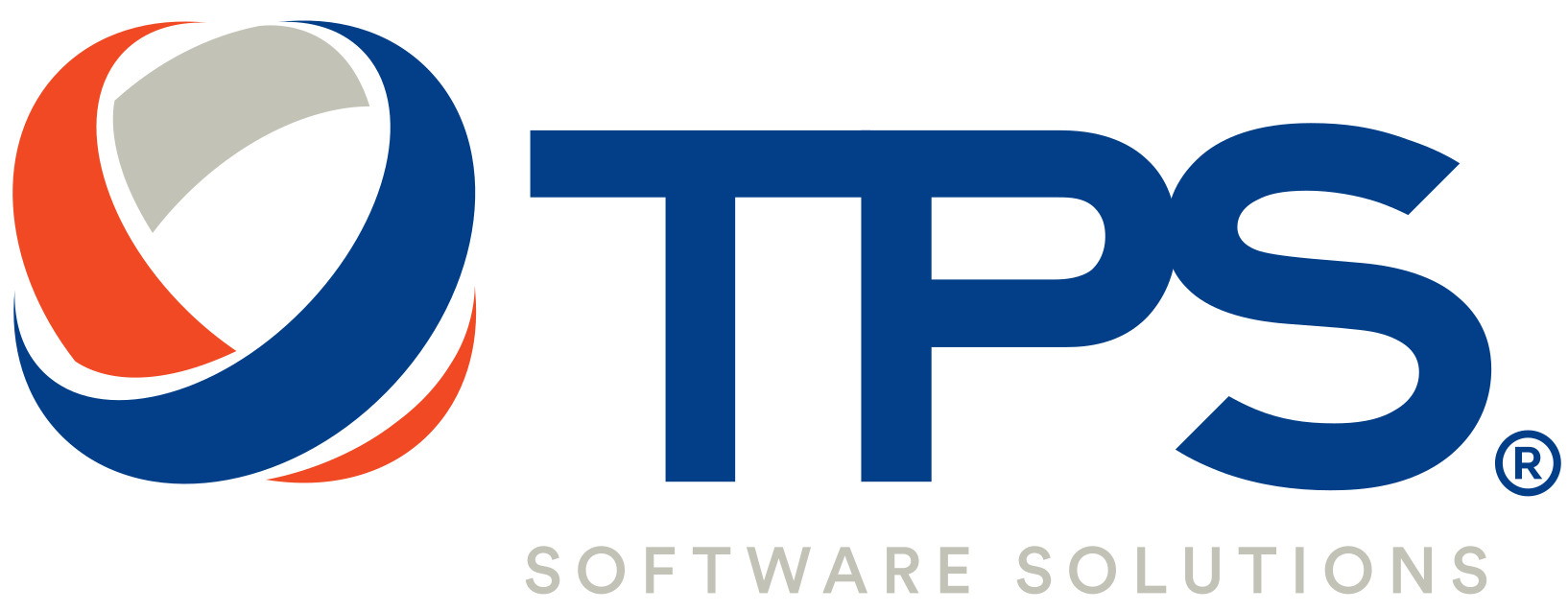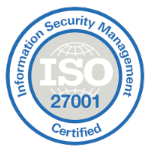What is agile software development ?
Agile is a software development process that anticipates the need for flexibility and applies pragmatism to the final product’s delivery. Because it emphasizes on the clean delivery of discrete pieces or sections of software rather than the full application, agile software development necessitates a culture change in many organizations. This methodology brings four important values to a software product as below:

Agile’s Core Values
1. People should be prioritized above tools and procedures.
While the latter is undeniably important, meaningful interpersonal interactions are an important driver of the software development process and aid in the creation of an effective response to business demands.
2. In-depth documentation comes after a well-built program.
Agile does not eliminate documentation entirely, but instead focuses on providing the development team with just the information they need to fulfill their goals, such as user stories.
3. Contract discussions between the project manager and the customer should be replaced by regular cooperation.
If the client is engaged throughout the development process rather than only at the beginning and finish, the product may take form more efficiently according to their vision.
4. Respond quickly and effectively to change.
Agile considers change to be an unwelcome expenditure. Instead, it values change and promotes short iterations to allow for rapid and easy changes.
Agile Software Development Methodologies
Agile software development is not a single methodology framework. Rather, it includes a variety of project management paradigms.
Three well-known Agile techniques are listed below:
1. Scrum
Scrum is the most well-known Agile project management approach. Sprints define it, and it argues for maximizing application development time while meeting product goals. This is a big-picture value target that gets closer to being realized with each sprint.
A Scrum team starts each day with a meeting to coordinate all activities and plan the best course for the day ahead. The product manager may use this time to check on the sprint’s ‘health’ and the project’s development.
Although Scrum is often linked with software development, it may be effectively used in a variety of corporate scenarios.
2. Kanban
Kanban has Japanese roots and is related with the ‘just in time’ notion. This approach divides a ‘Kanban board’ (table or board) into columns. Each flow within the project is represented in columns as a ‘card,’ and the information changes as the project progresses. When a new task is introduced, a new card is added.
Kanban promotes openness and collaboration by enabling team members to examine the project status at any moment. Its core emphasis is team capacity, which is particularly effective for iterations with several small changes. Kanban is effective for business areas other than software development since it increases visibility for all team work.
3. Extreme Programming (XP)
Extreme Programming (or XP) is another Agile approach for teams that has its origins in software development. XP, like other Agile techniques, provides for frequent releases in short development sprints that promote change when it is required.
XP is a less regulated Agile methodology that adheres to a set of ideals rather than processes. Among XP’s key values are:
- Simplicity
- Communication
- Reliable feedback
- Respecting
Extreme Programming necessitates that developers first design and comprehend the customer’s user stories—their informal descriptions of features and feature requirements.

Factors that make Agile Development Team successful
Work together.
Team members collaborate on product features for Team Agile Development. To design and implement features, developers and testers collaborate.
Be accessible and responsive.
Team success is built on feedback and open communication. Sprints are used by Agile Development team members to develop and evaluate work in stages.
The foundation of a successful agile team is a well-placed feedback system. Sprints are used by agile development teams to create and assess their work in phases. Timely engagement and feedback assist the team in learning and gaining experience throughout the working process.
Adaptability
Any team member must be exceptionally adaptable in order to swiftly adjust to a changing environment. Adverse situations, such as defects during program execution, may occur, but your team must be courageous enough to handle any issues and concentrate on finishing the mission.
Enthusiasm
The Agile Development Team must constantly maintain an open collaborative and knowledge-sharing culture. Teams should accept each other’s perspectives and critiques while being open to new ideas.
Trust
The Agile Development Team is built on transparency and cooperation. Trust is essential; each team member must be empowered and continually support one another.
At TPS Software, each team member is driven by a certified agile – scrum master to make sure that each project is led by these principles. We quickly organize tasks, efficiently divide responsibilities among team members and set the time-frame for each task. Our talented developers are led by highly efficient and organized leaders. When we have complex projects, teams working with such methodology hold 15 minutes scrum meetings daily, monitoring pending and completed tasks with the best accessible project management software and tools. For any business inquiries, please contact us here














